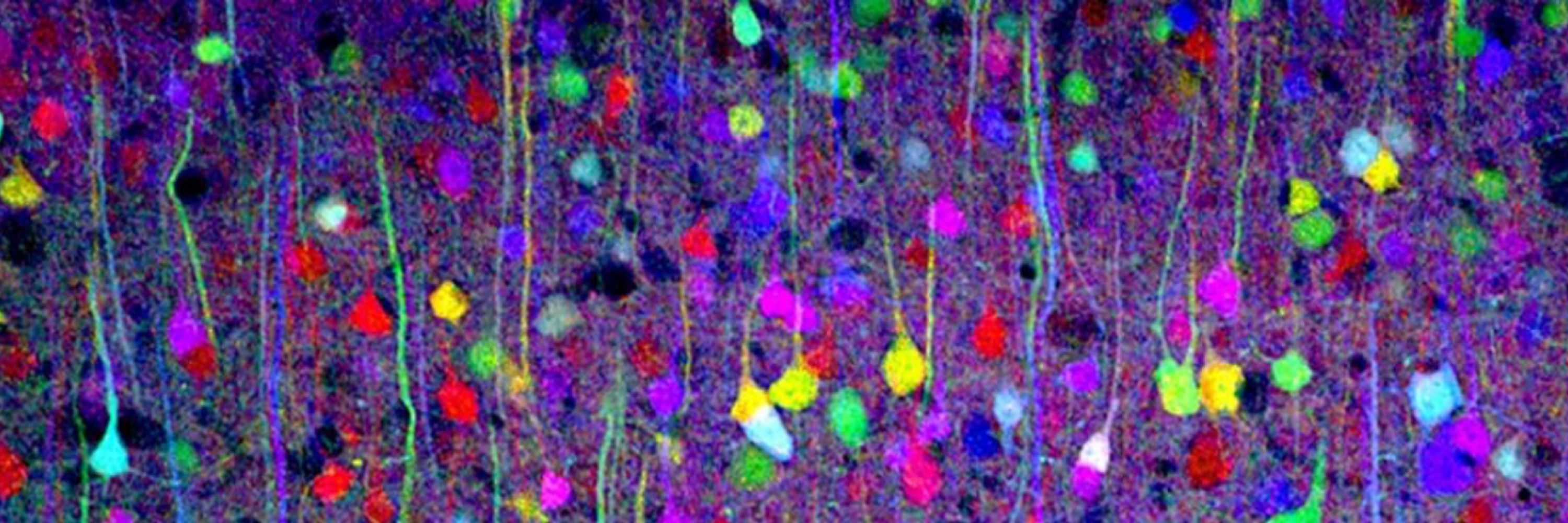
ORCID: 0000-0001-7164-8312



🧠CAJAL CONFERENCE 2026
📍Cádiz, April 15–17
“Novel Insights into Brain Energy Metabolism in Health and Disease”
Join an outstanding lineup of keynote speakers!👇🏻

🧠CAJAL CONFERENCE 2026
📍Cádiz, April 15–17
“Novel Insights into Brain Energy Metabolism in Health and Disease”
Join an outstanding lineup of keynote speakers!👇🏻
@bonniee-leee.bsky.social where we look at neural networks in middle aged female rats based on APOE genotype and parity history www.sciencedirect.com/science/arti...

@bonniee-leee.bsky.social where we look at neural networks in middle aged female rats based on APOE genotype and parity history www.sciencedirect.com/science/arti...
authors.elsevier.com/a/1lxn85FFzL...

authors.elsevier.com/a/1lxn85FFzL...


Science Transl Med showing that Aβ promotes neuronal hyperconnectivity, thereby driving tau spread across connected brain regions. Many thanks to first authors @sebroemer.bsky.social and Fabian Wagner!
science.org/doi/10.1126/...
Thread below

Science Transl Med showing that Aβ promotes neuronal hyperconnectivity, thereby driving tau spread across connected brain regions. Many thanks to first authors @sebroemer.bsky.social and Fabian Wagner!
science.org/doi/10.1126/...
Thread below
👉 link.springer.com/article/10.1...
#Alzheimer #Resilience #Neuroscience

👉 link.springer.com/article/10.1...
#Alzheimer #Resilience #Neuroscience
If you are recording mPSCs or sPSCs, I hope this helps with analysis. Interpretation of these datasets is not as easy as it seems..!
Happy to discuss if you are interested
physoc.onlinelibrary.wiley.com/doi/10.1113/...

If you are recording mPSCs or sPSCs, I hope this helps with analysis. Interpretation of these datasets is not as easy as it seems..!
Happy to discuss if you are interested
physoc.onlinelibrary.wiley.com/doi/10.1113/...
The Neurolipid Atlas: a lipidomics resource for neurodegenerative diseases
lnkd.in/eVzFrmUY
Check out our open-access platform chock-full with iPSC- and 🧠 lipidomics data (www.neurolipidatlas.com).
The Neurolipid Atlas: a lipidomics resource for neurodegenerative diseases
lnkd.in/eVzFrmUY
Check out our open-access platform chock-full with iPSC- and 🧠 lipidomics data (www.neurolipidatlas.com).
Due to the unavailability of brain tissue from living people, most such studies are performed using tissue from postmortem brain.
"Expression levels differed significantly for nearly 80% of genes,"🤯
www.nature.com/articles/s41...

Due to the unavailability of brain tissue from living people, most such studies are performed using tissue from postmortem brain.
"Expression levels differed significantly for nearly 80% of genes,"🤯
www.nature.com/articles/s41...

Tau pathology reprograms glucose metabolism to support glutamatergic activity and excitatory imbalance
📍 biorxiv.org/content/10.1101/2025.07.25.666872v1
🧵 on how tau disrupts the metabolism–excitability balance in Alzheimer’s disease
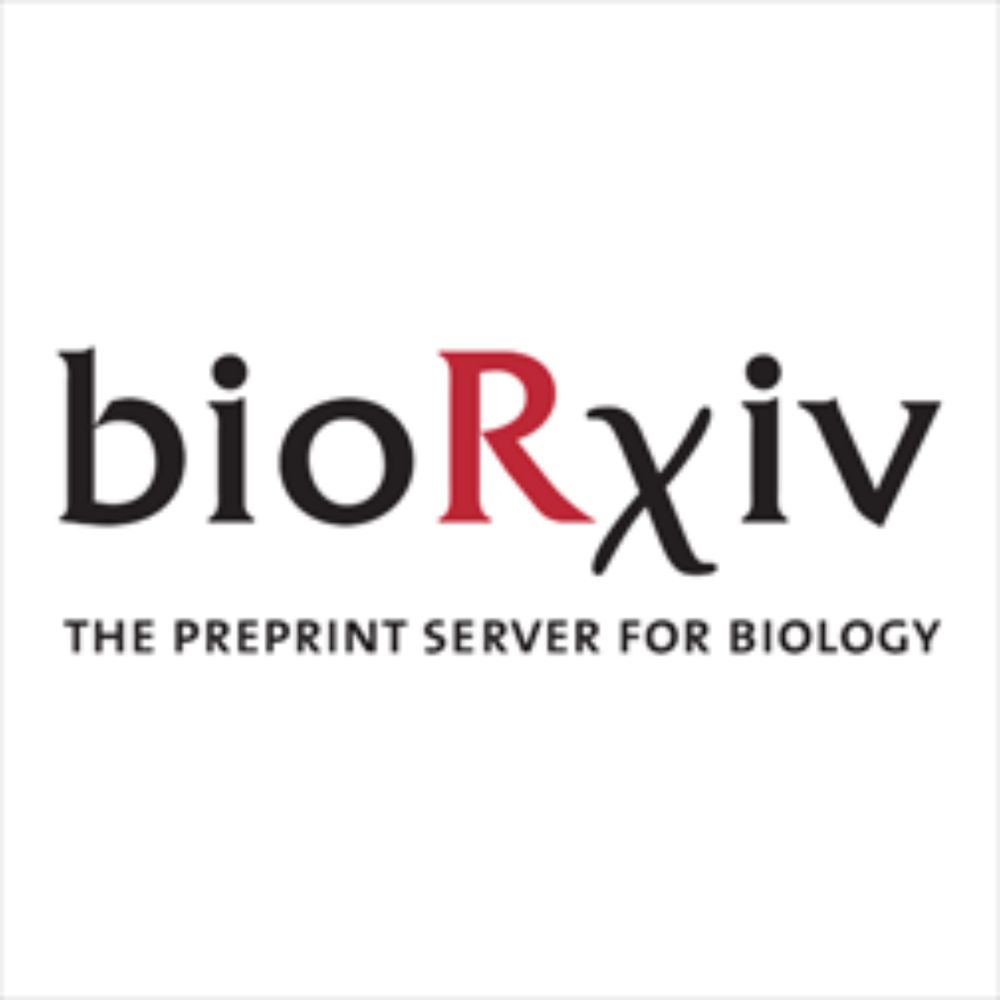
Tau pathology reprograms glucose metabolism to support glutamatergic activity and excitatory imbalance
📍 biorxiv.org/content/10.1101/2025.07.25.666872v1
🧵 on how tau disrupts the metabolism–excitability balance in Alzheimer’s disease
"Some have asked if there will even be an NIH by [2029]. The commmittee's resounding message is yes—Congress has your back", she says.
"Some have asked if there will even be an NIH by [2029]. The commmittee's resounding message is yes—Congress has your back", she says.
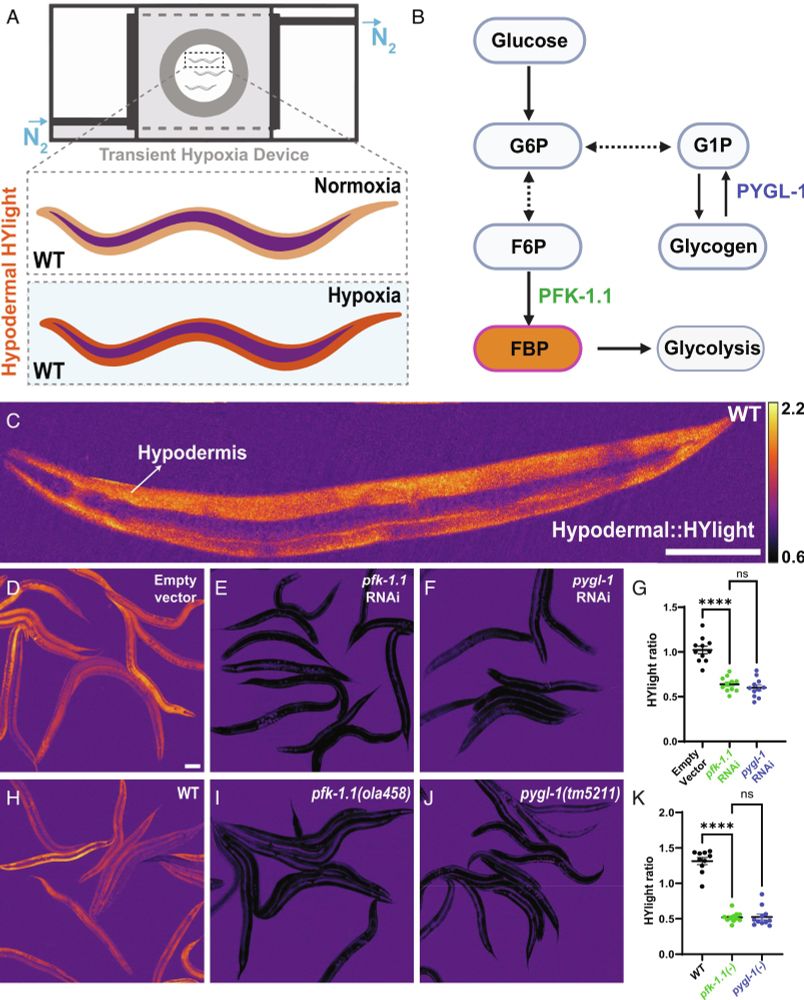
go.bsky.app/22DpUEy
go.bsky.app/22DpUEy
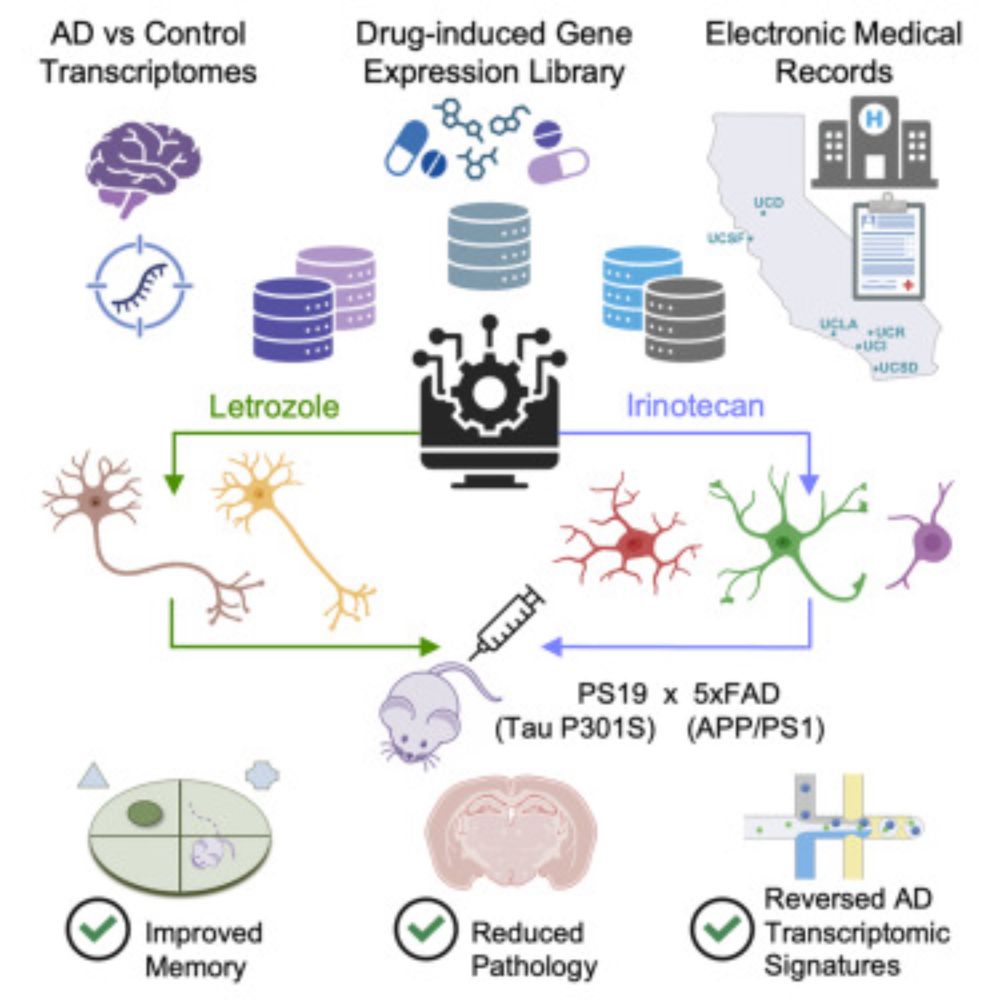
HFOs may hold the key to earlier diagnosis #HFOnews
alz-journals.onlinelibrary.wiley.com/doi/10.1002/...
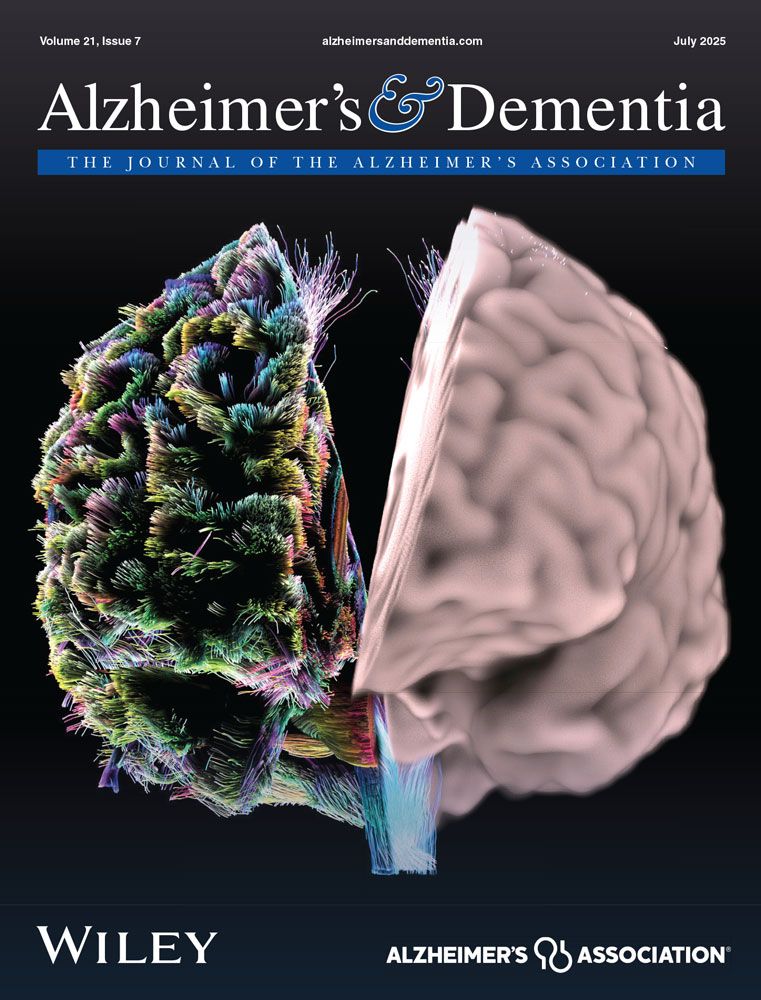
HFOs may hold the key to earlier diagnosis #HFOnews
alz-journals.onlinelibrary.wiley.com/doi/10.1002/...
@mskcancercenter.bsky.social
Metabolic adaptations that accompany cell state transitions drive reliance on exogenous nutrients
🧪
https://bit.ly/4nWqEsH ?utm_source=bluesky&utm_medium=social&utm_campaign=natmetab
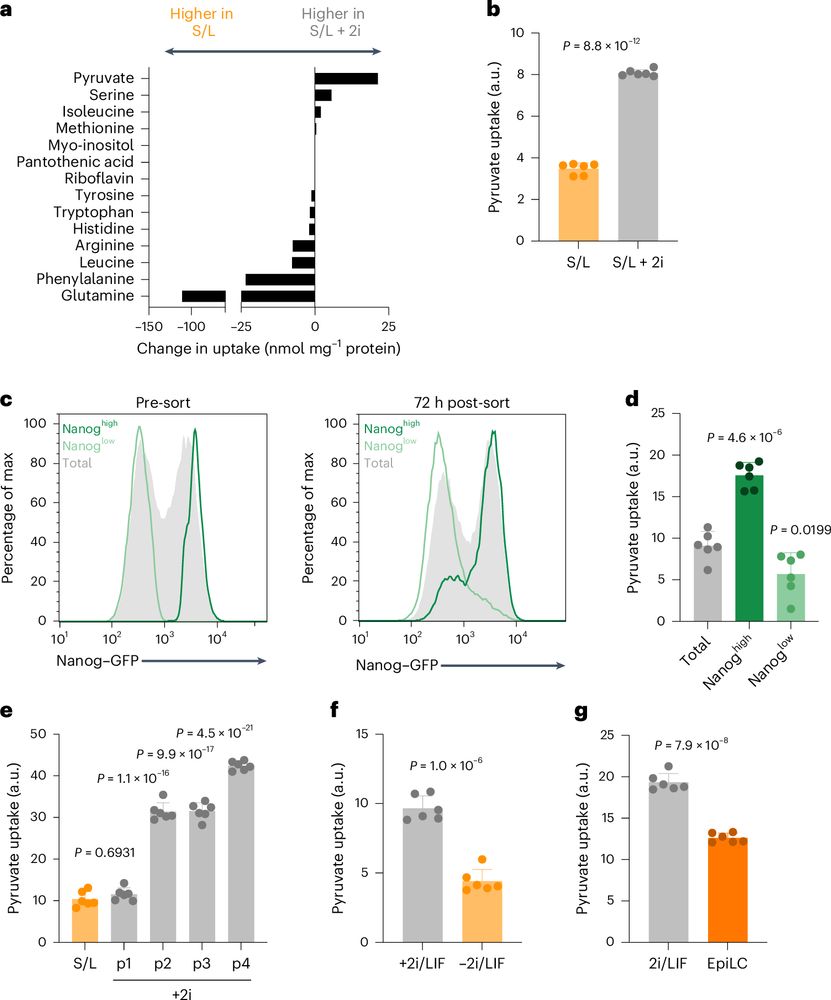
@mskcancercenter.bsky.social
Metabolic adaptations that accompany cell state transitions drive reliance on exogenous nutrients
🧪
https://bit.ly/4nWqEsH ?utm_source=bluesky&utm_medium=social&utm_campaign=natmetab



